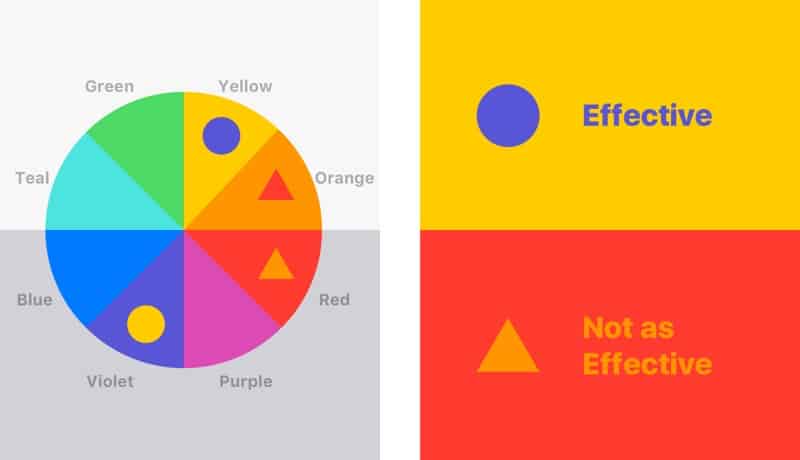Today’s websites should be 100% responsive, and I think the time has finally come where everyone seems to understand that. Similar to search engine optimization (SEO) being a vital part of a website, it’s pretty much common sense at this point… but only because it took years to evolve and establish itself. Lately, a similar evolution is finally happening with website accessibility, which is the often neglected art of enabling your website to be accessible and easily used by those that experience disabilities of some sort, and are using screen readers or special browsers that render the basics of a web page differently than the popular web browsers. That links to an article that discusses why accessibility is important, highlights some basics that could be implemented, and has other helpful references, but let’s dive deeper into what else is causing website accessibility to mature to a level of common sense more and more.
It has become even more important lately because of the recent US Supreme Court decision not to hear the appeal case about Domino’s Pizza website accessibility. Guillermo Robles, who is blind, claimed in U.S. District Court in California that the pizza maker violated the federal disability requirements because he couldn’t order a pizza on his iPhone: The website didn’t work with his screen-reader software.
“In today’s tech-savvy world, blind and visually-impaired people have the ability to access websites and mobile applications using keyboards in conjunction with screen access software that vocalizes the visual information found on a computer screen or displays the content on a refreshable Braille display,” the lawsuit argued.
Domino’s (along with the National Retail Federation and Retail Litigation Center) was hoping the Supreme Court would hear the case because the appeal court’s ruling “stretched the definition too far by deciding that websites and mobile applications must be judged as public accommodations rather than just considered as one of many ways in which a consumer might access a retailer’s offerings.” A customized pizza can be ordered in-store, by phone, text, social media and voice-activated devices like Alexa and Google Home.
Domino’s said in its statement that a nationwide standard would “eliminate the tsunami of website accessibility litigation that has been filed by plaintiffs’ lawyers exploiting the absence of a standard for their own benefit.”
With the Supreme Court refusing to hear the case, the 9th U.S. Circuit Court of Appeals ruling stands, that Domino’s and other retailers must make its online services accessible.
To Domino’s point, there are no set Federal standards for website accessibility, but there are a set of Web Content Accessibility Guidelines (WCAG) that are used and referenced by almost every organization and platform to assess and evaluate website accessibility. As a very quick highlight, some of the basics of the WCAG would include specific HTML implementions on content such as using alt tags on all images, ensuring color contrast is high enough, using specific Accessible Rich Internet Applications (ARIA) tags for certain media and content, and deciding which content is purely decorative, and which needs additional tagging.
To avoid a lawsuit, a website owner should do a minimum of two things:
- Implement the A level of WCAG guidelines: There are 3 different levels, A (basic), AA (intermediate), and AAA (in-depth implementation).
- Add an Accessibility Statement as a link in the footer (similar to a Privacy Policy, Terms and Conditions, Refund Policy, and others that are very common practice due to similar legal best practices).
For those looking for professional assistance, we can help with making your website WCAG compliant, and/or with adding an Accessibility Statement to your website. We have detailed knowledge and many years of experience working through the WCAG guidelines, auditing and implementing them for nationwide retailers, large corporations, as well as small businesses. We have tools that can audit and report on current WCAG guidelines being met or not met, and have specific implementation methodology for WCAG that can meet any level of the WCAG guidelines for your site. Contact us for WCAG help today.


